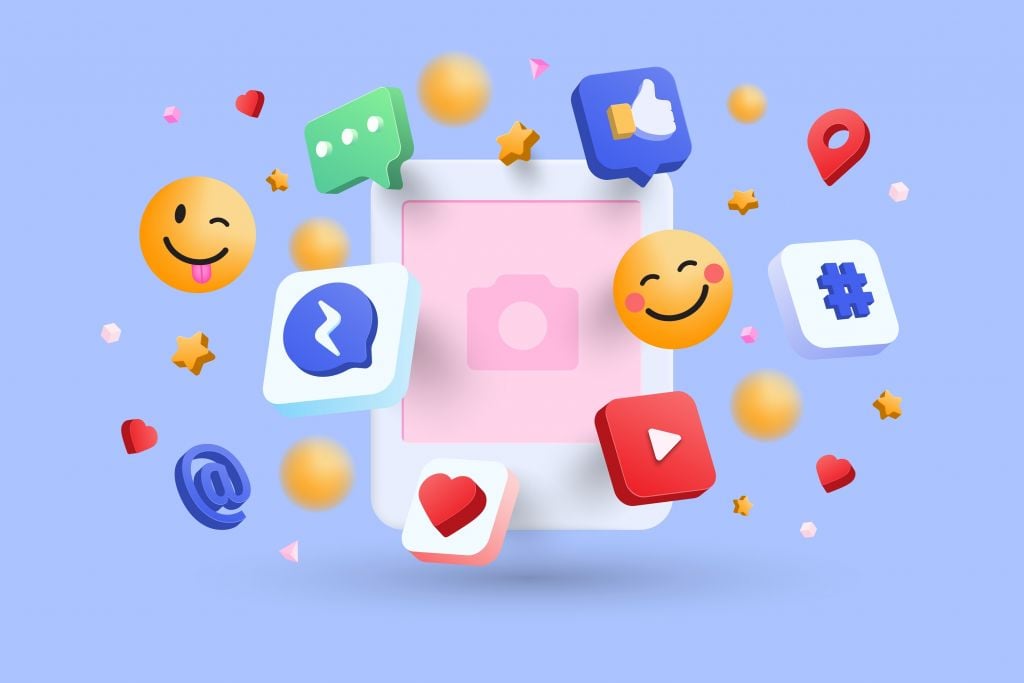Newsletter Signup - Under Article / In Page
"*" indicates required fields
By Thierry Escudier, consultant and strategic leader at The Pistoia Alliance
The move towards patient centricity is gathering momentum, and digital technology is playing a huge role in this shift. Decentralized clinical trials that employ mobile apps and wearable devices to monitor patients and make results gathering easier are a particularly successful example of how patients are being empowered to take control of their own health and work in partnership with healthcare providers.
Now, with new legislation, patient centricity is also reaching pre-clinical phases of R&D. Recent guidance from the FDA and EMA acknowledges that online patient experience research is a powerful tool for collecting comprehensive Real-World Evidence (RWE) and representative input for patient focused drug development (PFDD). This has prompted the biopharmaceutical industry to consider how online patient data could enable them to develop more targeted treatments for better health outcomes.
Social media is one such platform that companies can use to access RWE for PFDD. With more than 4.6 billion users worldwide, social media poses a promising opportunity to listen to patients’ voices directly and in real-time. While pharmaceutical companies have typically relied on gathering patient feedback in controlled settings, social media allows the capture of unfiltered, first-hand data about the patient experience in large volumes. For example, insights into the benefits of a therapy, previously unreported side effects, or new symptoms, which can be used to inform drug development and improve outcomes for future patients.
Yet, before any of this valuable information can become usable and actionable, there are several data challenges that must be overcome.
Using social media for drug development: #NoFilter presents a data challenge
The unfiltered, unique way that patients interact on social media is one reason this data has so much potential, equally, it’s also why collating and using these insights is such a challenge. Colloquialisms and idioms, non-standard spelling and “text speak,” the use of emojis, gifs, or images, and a lack of medical terminology means it’s not straightforward to understand what conditions and drugs patients are discussing. In turn, this makes it difficult to search for and compile datasets for analysis.
For example, a social media user is highly unlikely to say they have suffered from a bout of emesis. They’re more likely to say they’ve thrown up, chucked, or spewed, or any other number of synonyms. They may even just post a gif to illustrate their point.
Compounding communication challenges are the different governance models for data sharing and access that individual technology platforms and jurisdictions have. Since social media is global, biopharmaceutical companies must be aware of different privacy guidance before using data.
For example in the U.K., the ESRC Ethics Framework states that information provided in forums, social media, or spaces on the internet that are intentionally public are considered ‘in the public domain.’ Yet, it also says that researchers must abide by the regulations set by the data producers, for example someone’s privacy settings. In the U.S., this is even more complex because of different federal and state data privacy laws governing how consumer data are used, so pharma companies must tread carefully when deciding on a strategy to use the information.
Collaboration unravels complexity
To overcome these challenges, companies need to first consider the actual data itself, and how to deal with the complexity of it. Data standardization is crucial for facilitating better research across the life sciences industry and applying standards for social media is no different. While there is already a concise regulatory framework governing the use of many sources of RWE for drug approval packages and Health Technology Assessments (HTA), this guidance is lacking for social media. If biopharmaceutical companies are to effectively leverage insights from social media and incorporate them into the drug development pipeline, there is a need to build a consistent framework and best practices for how to compile, harmonize, share and analyze this data securely.
Such an undertaking is cross-disciplinary; it will require domain expertise from both biopharmaceutical and technology organizations. Collaboration is essential to unraveling the complexity of the social media environment. One such initiative is global not-for-profit The Pistoia Alliance’s social media community of experts – it brings together organizations to identify and resolve data and ethical concerns, to maximize the benefits of using social media data, and develop more patient-centric treatments. It is hoped developing best practices and guidelines will create the trust and reliability needed for industry-wide adoption, resulting in the implementation of patient experience research as an integral part of PFDD chains.
A year of change
Social media remains largely uncharted territory for the life sciences industry, but new government guidance and industry and consumer pressure to become more patient-centric means we will start to see progress quickly. Leveraging insights from social media platforms will enable companies to develop targeted therapies, giving them significant competitive advantage and, most crucially, improving outcomes for patients.
Data projects can be a significant time commitment, so it’s important the industry takes actions in 2023 to take steps towards incorporating social media insights into regulatory decision making, and remember that collaboration will be what truly gets these projects off the ground.






